Interactive touchscreen experiences are a fantastic way to connect with customers, whether at events, tradeshows and exhibitions or in your showroom or marketing suite. They are intuitive to use, look great, by creating a sense of WOW, and can help to project a brand as innovative and dynamic.
Not only that, but they can really help to simplify complex ideas, products and services and demonstrate them visually. Which goes a long way to making them memorable and quick to understand.
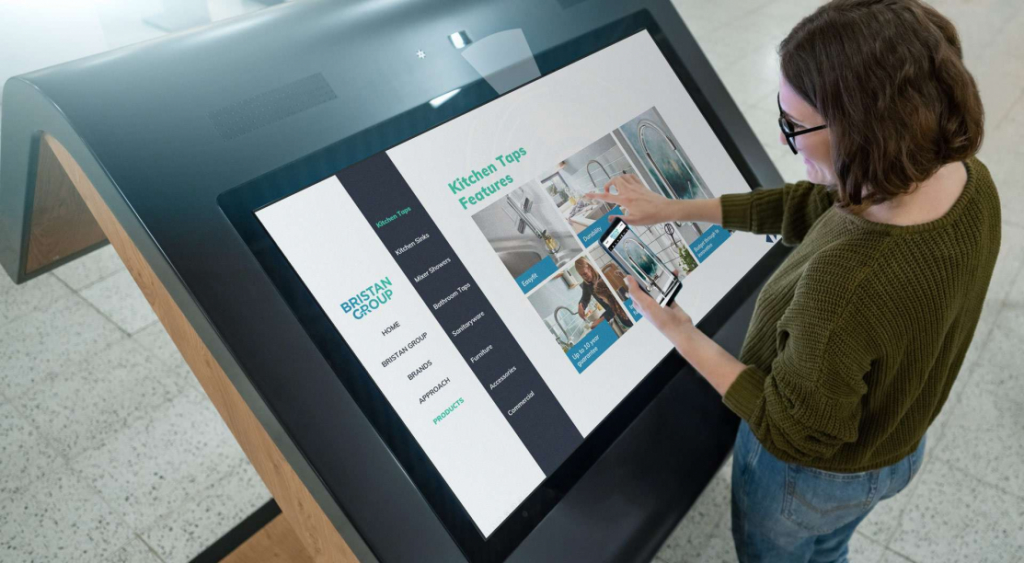
And where businesses may not be able to meet with customers or attend events, interactive touchscreen experiences are ideal for staying connected with customers. Depending on the software, they can be shared over the web or used to create virtual demo spaces for customers to explore in their own time.
There are lots of ways to develop an interactive touchscreen experience, but some of the main options available to you are outlined in this article.
What is an interactive touchscreen experience?
Firstly, a quick overview of what a touchscreen experience is. There are two main parts:
- The hardware – This is the physical touchscreen itself and also the PC the visual experience runs on. There are lots of different types of touchscreens, from wall-mounted to touch-tables, stand-mounted as well as custom-built enclosures.
- The visual experience – This is the content shown on the screen, which people will interact with. It’s this visual content that you’ll need software to create.
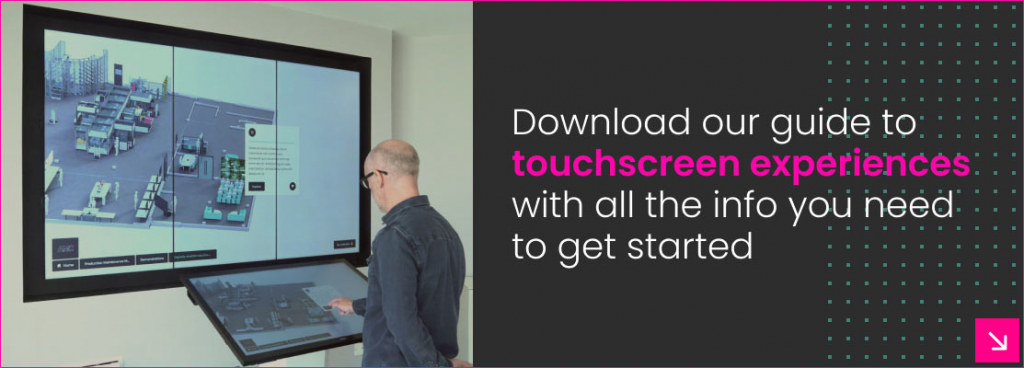
What do you want to achieve with your interactive touchscreen experience?
Before embarking on a project and deciding which software to use it’s important to clarify your business objectives. This is crucial as the answers may determine what software you use to create your experience. If you choose the wrong software option at the beginning you may have to start the whole project again to achieve the result you need.
So, set your top-level objectives to establish what you want the touchscreen to achieve. Is it to do one, or a number of the following:
- Capture leads?
- Educate customers?
- Enable customers to explore your product range in-store or trade counter.
- Support sales conversations?
- Promote a new product launch?
- Create a memorable experience etc.?
When developing any Interactive experience – whether that be a sales tool or touchscreen experience – for our customers, we run an Initial workshop – the Customer-First Blueprint® – to reflect upon our customer’s objectives. It helps customers to think about:
- The content they want to include – videos, images, PDFs, 3D models, other interactive content etc.
- The type of interaction they want their customers to have at the time
- Do they want to capture user information to keep the engagement going with their customers afterwards
- Whether the touchscreen needs to interact with other software or websites, e.g., a company’s CRM or CMS
- Whether you need a way of updating the content or allowing others to do so (perhaps via a content management system)
- The space the touchscreen will go into and who will be interacting with the content.
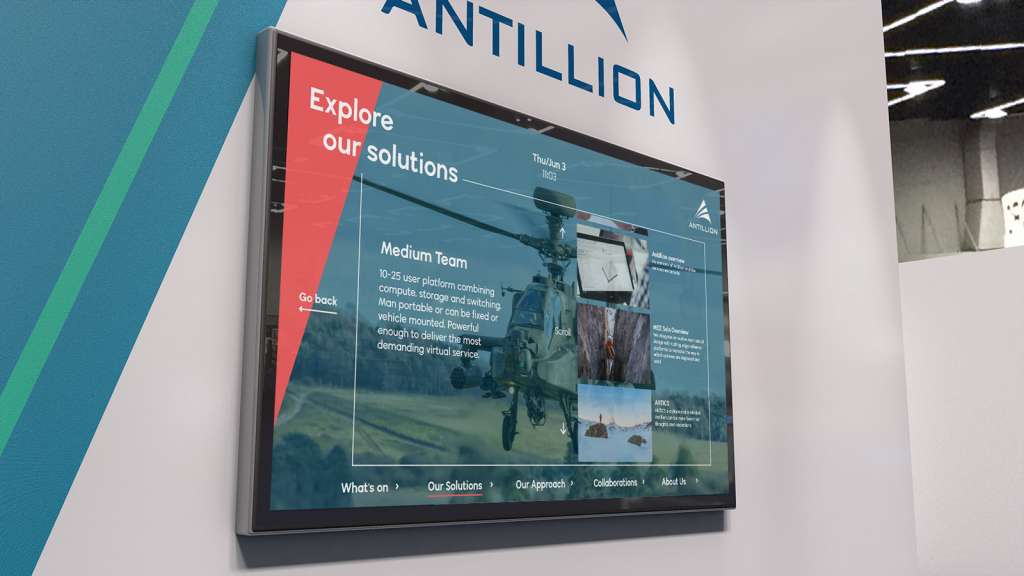
Four main software options for interactive touchscreens
There are quite a few software apps available, but following 20 years of experience, these are what we use and recommend for our customers:
- A Progressive Web App (PWA) – this is a web application built using the latest web technologies and combines some of the benefits of a native app (software that is installed locally to your machine rather than used over the web)
- Specialist software – which is designed for building touchscreen experiences and interactive digital signage. This would include our own POP platform, Intuiface, Tumult Hype, eyefactive and Ventuz
- A web-based digital signage solution – such as Scala, TrouDigital which offers pre-built templated experiences, there are quite a lot of these sorts of companies
- PowerPoint – for more straightforward experiences.
Our experienced team of designers and developers have encountered the highs and lows of all these solutions for almost every scenario imaginable so here’s our take below.
A Progressive Web App
A Progressive Web App (PWA) uses the same language, HTML, Javascript and CSS, as a website and is generally used for building websites. However, one of the main differences for touchscreen scenarios is that the experience you build as a PWA can be installed on a local machine so that it can run offline. You don’t need any specialist players installed to view an experience it just runs through any modern browser like Edge or Chrome.
A PWA is a very sophisticated option, allowing you to create almost any type of experience you can imagine. You can include videos, PDFs, presentations, 3D models, Augmented Reality and Virtual Reality into the experience and connect to other applications such as your CRM or DAMs.
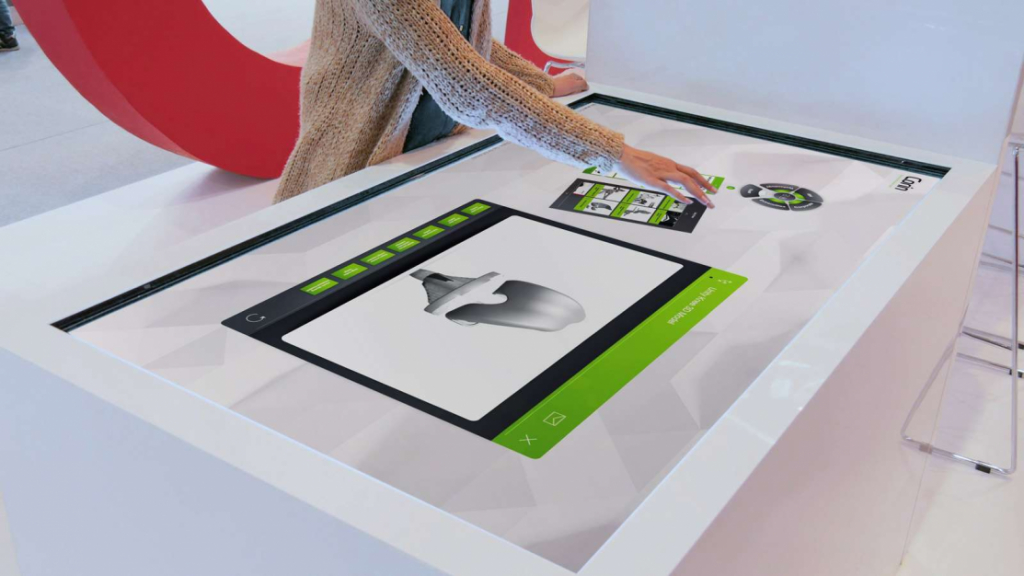
A word of caution though! A touchscreen is a very different user experience for a user from a website, even for those of us used to Smartphones. You’re generally dealing with a much bigger screen, which impacts the layout. Your audience will be using their finger rather than a mouse to move around and interact. Clear prompts and navigation are essential to make it obvious to the user what they need to do. Small differences can have quite far-reaching consequences. Basically, a PWA might be used a lot for building websites but you don’t want a web professional building your touchscreen experience.
Pros of a Progressive Web App:
- Unlike building an experience with specialist software, there is no cost for the software and tools
- You can create really immersive experiences using them
- A PWA can be run through any browser making it accessible. It can also work offline, so an internet connection isn’t necessary for the touchscreen experience to work
- It can have it’s own Content Management System (CMS) so content can be updated easily and pushed out immediately and it can also connect to other systems to pull or push information backwards and forwards. For example, it could connect to an organisation’s headless CMS so any content within that system can be automatically pulled into your touchscreen experience via an API. Similarly, if you collect customer information through your touchscreen this can be automatically posted back into your CRM for future marketing or sales campaigns
- It is possible to see what your customers are interested in using sophisticated analytics and reporting
- They are very fast, if well-built, especially with more complex experiences
Cons of a Progressive Web App:
- In order to produce a high-quality touchscreen experience as a PWA you would need to be a very accomplished developer You would have to work with a specialist agency
- The cost and time required to build an experience as a PWA may be far too prohibitive, especially if it’s for a one-off event
- There are a lot of technical and UX differences between a website and a touchscreen PWA, which you or your agency would need to be aware of.
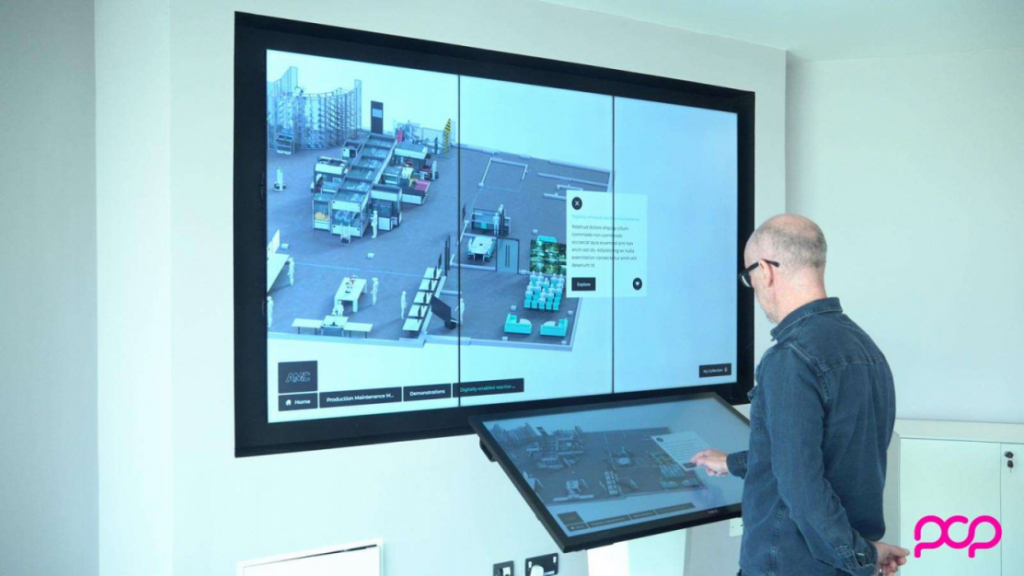
Specialist touchscreen software
There are specialist software applications for creating touchscreen experiences. Programs such as Intuiface and eyefactive are well-established applications for creating professional touchscreen experiences.
Below is a screenshot of POP’s interactive Experience Builder
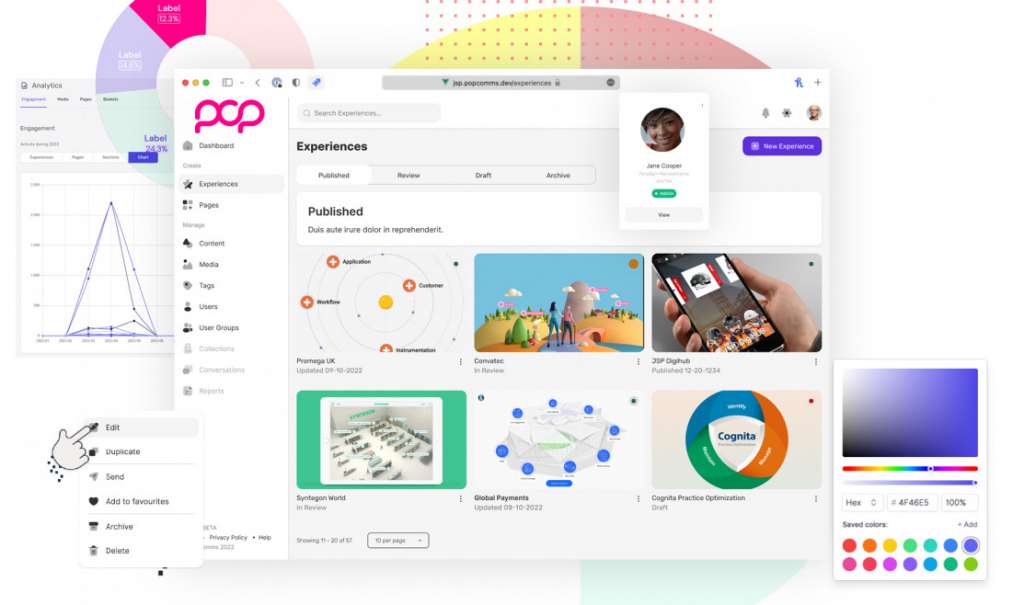
Pros of Specialist software:
- They have built-in templates to help you get going
- Built-in animation and effects
- They support a wide range of external media such as video, PDFs, 3D models, and complex animations
- Some have built-in analytics dashboards or they can be added as an extra
- Experiences can be created for any touchscreen type from tablets to video walls, so you can make experiences as large as you like to cover multiple displays.
Cons of Specialist software:
- It is fairly straightforward to create simple interactive experiences for small businesses or projects. But it can become very time-consuming and complicated if you require something more complex
- If you’re not planning on using a specialist agency you may be limited to the default templates, unless you want to spend some time learning the platforms
- Integration with other systems is possible but is more complex to do
- Some are only designed to work at one screen resolution, they are not responsive systems (Intuiface is an example of this). This means if you are going to use your touchscreen experience on a large touchscreen, a laptop and tablets most likely they will have different screen ratios (16×9, 16×10 or 4×3 etc.) So, although the experience will still work, it won’t fill the screen on all those devices
- The editing software has a license fee to use and each device that will run the touchscreen experience also needs a licence. So, if you have 10 touchscreens running your experience you’ll need 10 licences, so it could be quite expensive.
Now for the good news!
As mentioned above we’ve spent over twenty years creating interactive touchscreen experiences for the global business community, trying out a multitude of different software solutions to meet the ever changing needs of our customers. We found ourselves increasingly fed up and frustrated, by having to tell customers that we couldn’t achieve what they wanted or spend huge amounts of time trying to come up with a workaround The entire procedure turned out to be both costly, and a little soul destroying!
We felt the industry was crying out for an interactive experiences platform so, we bit the bullet and built our own POP interactive experiences platform.
We’ve taken the feedback from our customers and cherry picked the best features from various content creation platforms to create an all-in-one solution. The key features are:
- Our web-based content management system empowers you to control information and content globally, facilitating instant updates for your experiences, regardless of their location
- Create tailored versions effortlessly, perfect for managing multiple events with distinct themes
- The editor boasts a user-friendly, no-code interface, catering to non-technical users for seamless experience creation
- Comprehensive analytics enable you to monitor all interactions, providing valuable insights into user engagement
- Directly share content—videos, PDFs, images, product data sheets—from experiences, with data seamlessly integrated into your CRM for lead generation
- The PWA-based platform ensures flexibility, allowing experiences to run smoothly on web browsers and be locally installed in areas with limited WiFi
- Experience seamless compatibility across devices and screen sizes, from tablets to expansive multi-screen video walls, without the need for adjustments
- You can run experiences on any device and any screen size from tablet up to multi-screen video walls without any need to change anything
- Our dedicated POP team goes the extra mile, assisting customers in creating and managing their experiences, ensuring ongoing success and support.
You can find out more about the platform on our website or book a demo.
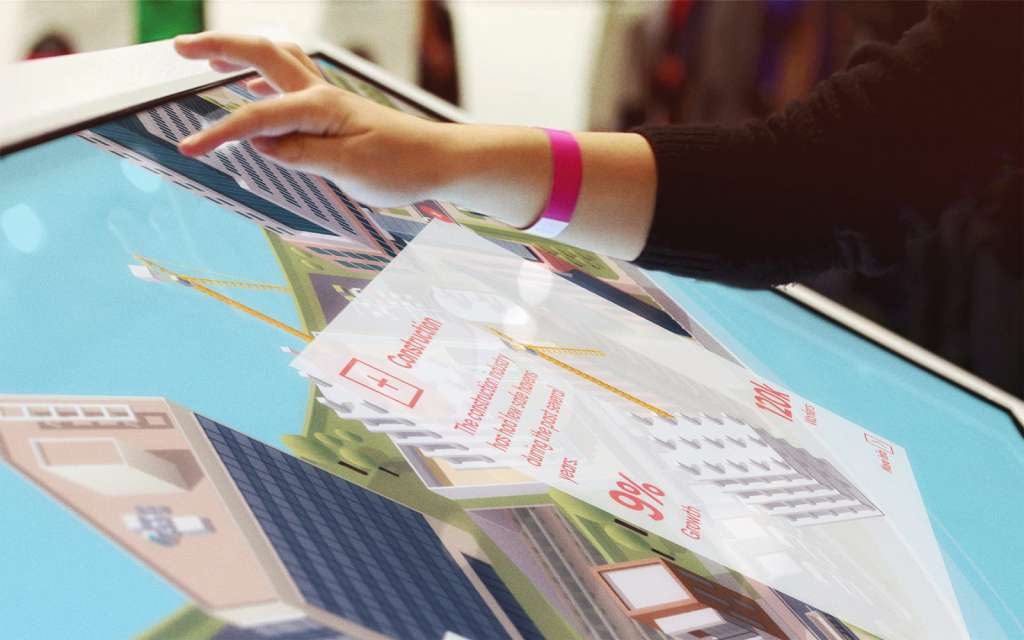

Web-based digital signage solutions
This option involves creating an experience using online templates that are designed to perform a certain function, such as displaying product information or advertising.
You simply drag and drop the information you need into the template on the web portal and connect your digital signage screens over the internet to the portal, which then displays your content on your digital screens.
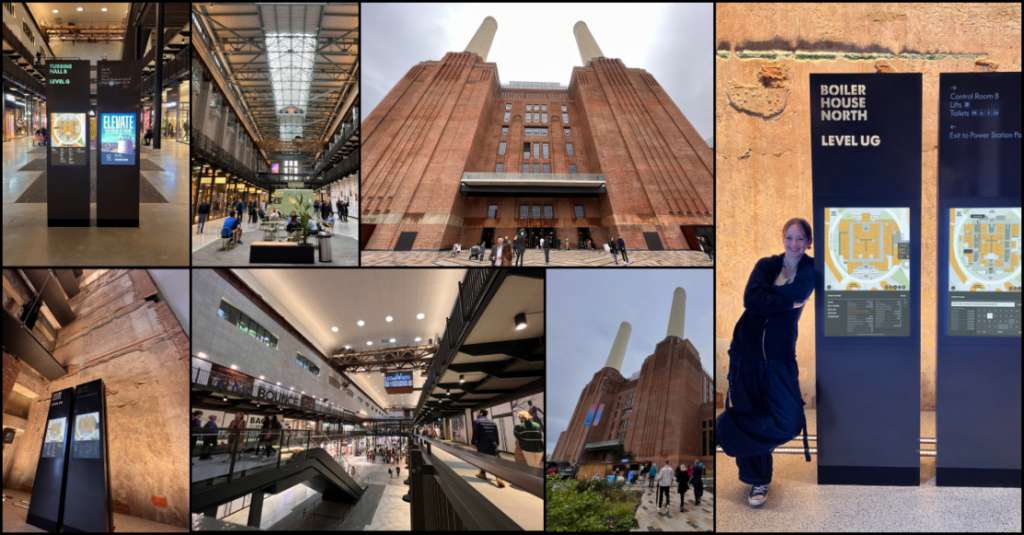
Pros of Web-based digital signage solutions
- This type of system is very popular for non-interactive digital signage as the content can be updated quickly from any location remotely
- You are limited by the functionality of the system though, so it will only do certain things within the template but some do have a lot of options to cover most use cases
- There are plenty of companies that provide digital signage platforms and they can also help with the hardware and maintenance.
Cons of Web-based digital signage solutions
- As it is templated, you won’t have a lot of control over the branding and layout of the experience. But bear in mind, this may not be an issue when the end goal is to create a very simple user experience
- Interactivity is very limited so the user experience can be quite simple and a little boring, you certainly wouldn’t call them immersive. So, if you’re trying to create a personalised customer experience through a touchscreen we’d avoid these systems.
PowerPoint
Don’t laugh or scoff but PowerPoint has very sophisticated interactive features which will let you create touchscreen experiences. You can put a lot of things into them such as videos, images, PDFs and 3D elements.
Pros of PowerPoint
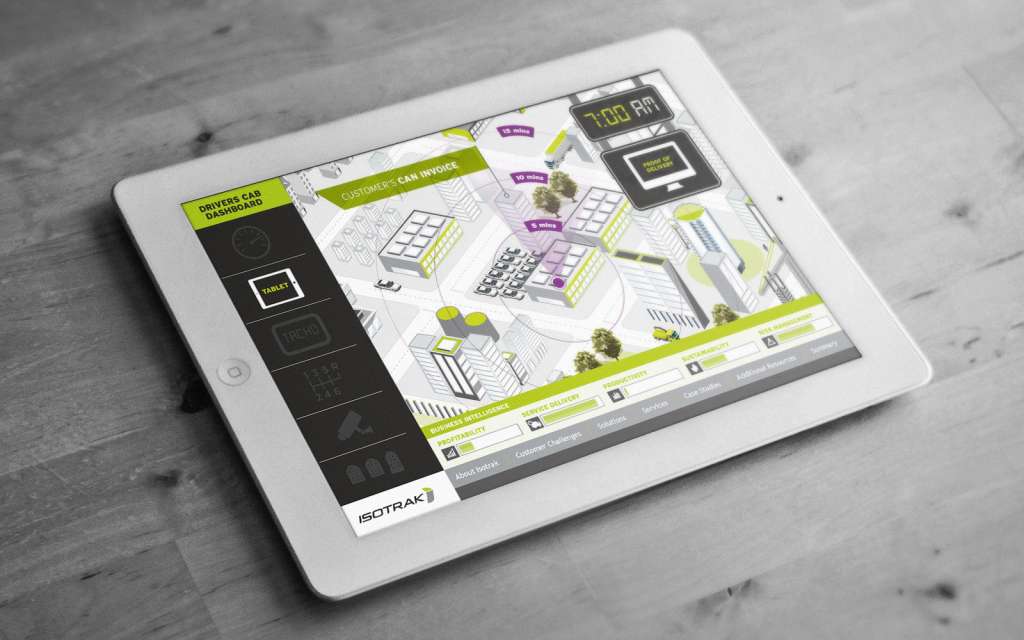
- With a good PowerPoint developer, you’d be hard-pressed to spot the difference between a PowerPoint experience or a custom-built one with HTML or Intuiface
- It is easy to update as most people can use it
- It could be quicker to build an experience, saving both time and money.
Cons of PowerPoint
- There are some limitations, for example, you can’t capture people’s details, if acquiring new leads is your goal
- More advanced interactions are impossible
- There are no analytics to track what your customers are looking at
- There is no centralised content management system.
Again, we recommend using a presentation design agency or touchscreen specialist. It would still be quite an advanced presentation you’d be creating, and you may not have the in-house skills yourself.
Get in touch about your interactive touchscreen experience!
We hope this has been useful and we’ve managed to shed some light on the various options available when creating an interactive touchscreen experience.
So, if you’re unsure of which solution might be right then download our eBook or book a demo and we can run through your options depending on your requirements.

Related Posts
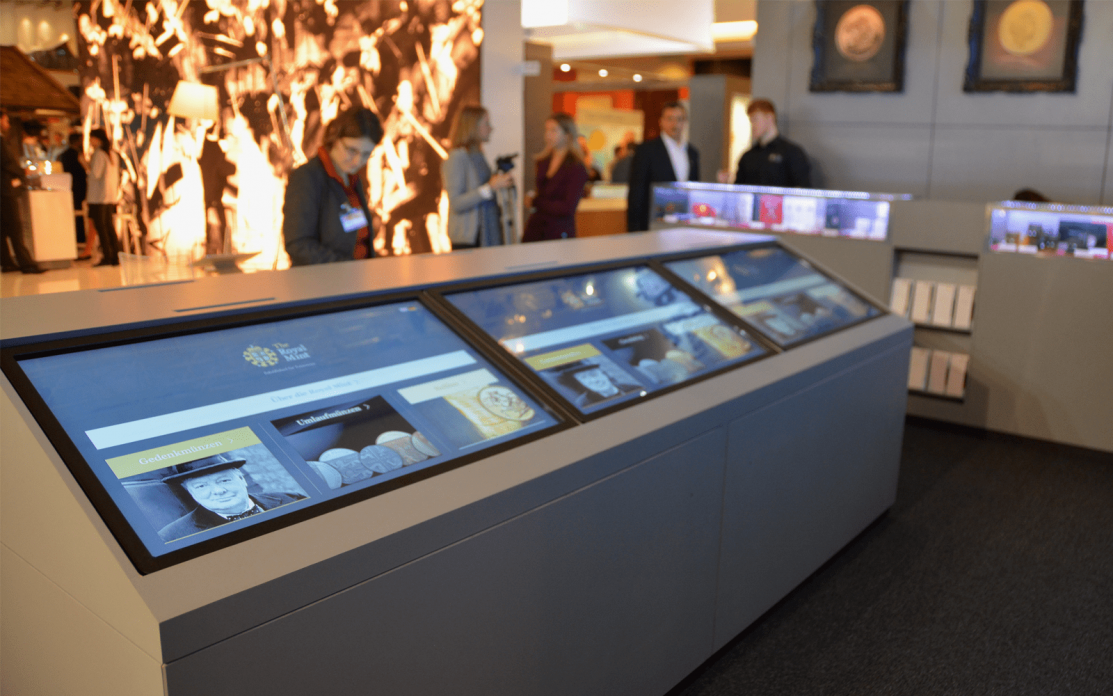
How to Increase Gallery Archives & Museum Accessibility for Visitors
Read
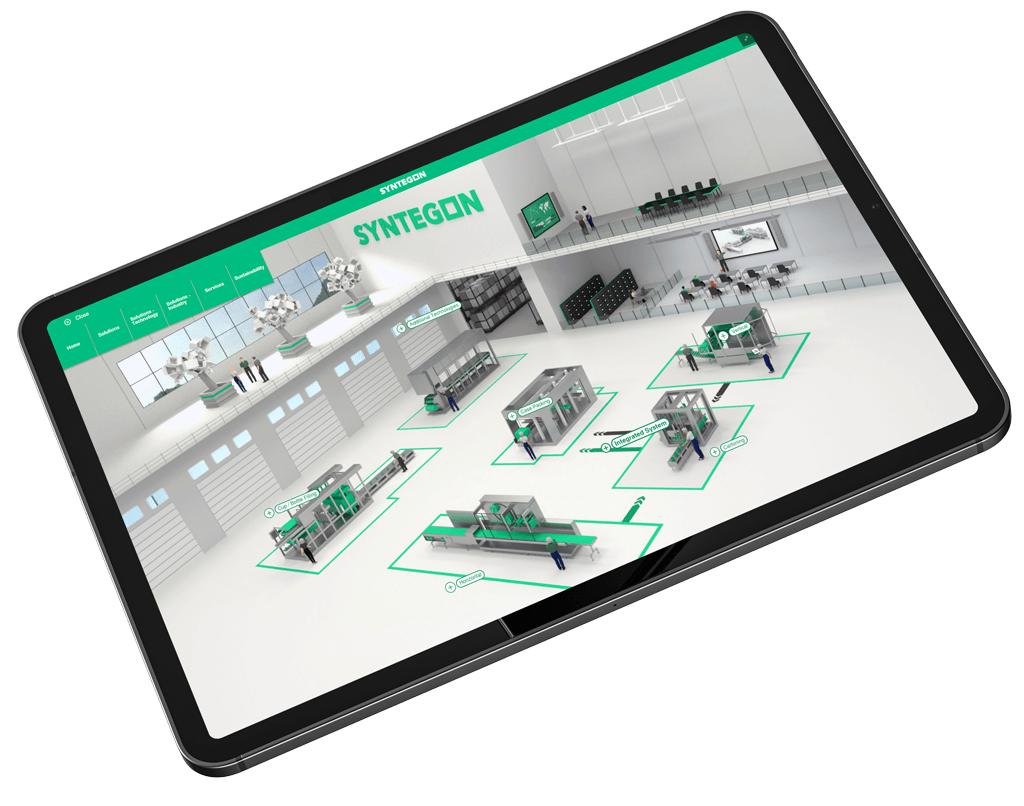
As an Advanced Manufacturer Creating an Interactive Touchscreen Experience, What Questions Should You Ask?
Read
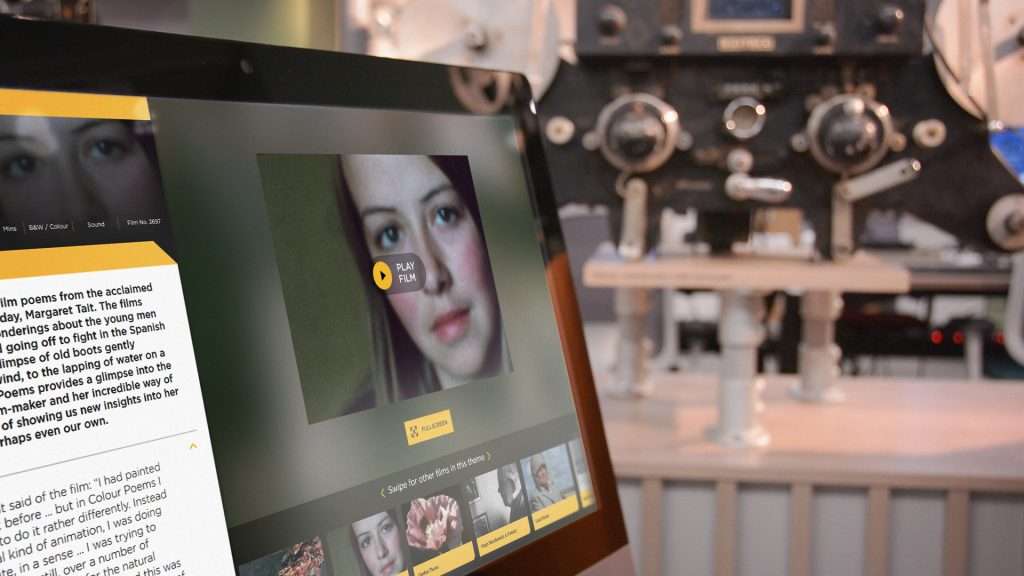
Why a Creative Strategy is Important When Developing an Interactive Touchscreen Experience
Read
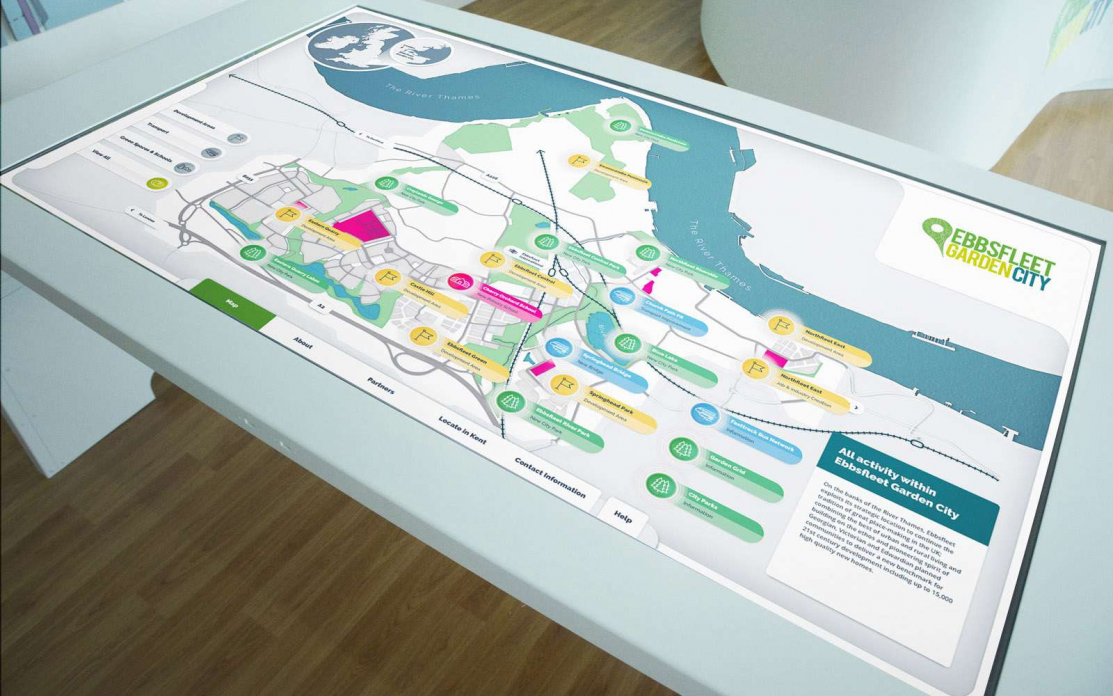
How to Deliver a More Personalised Customer Experience
Read